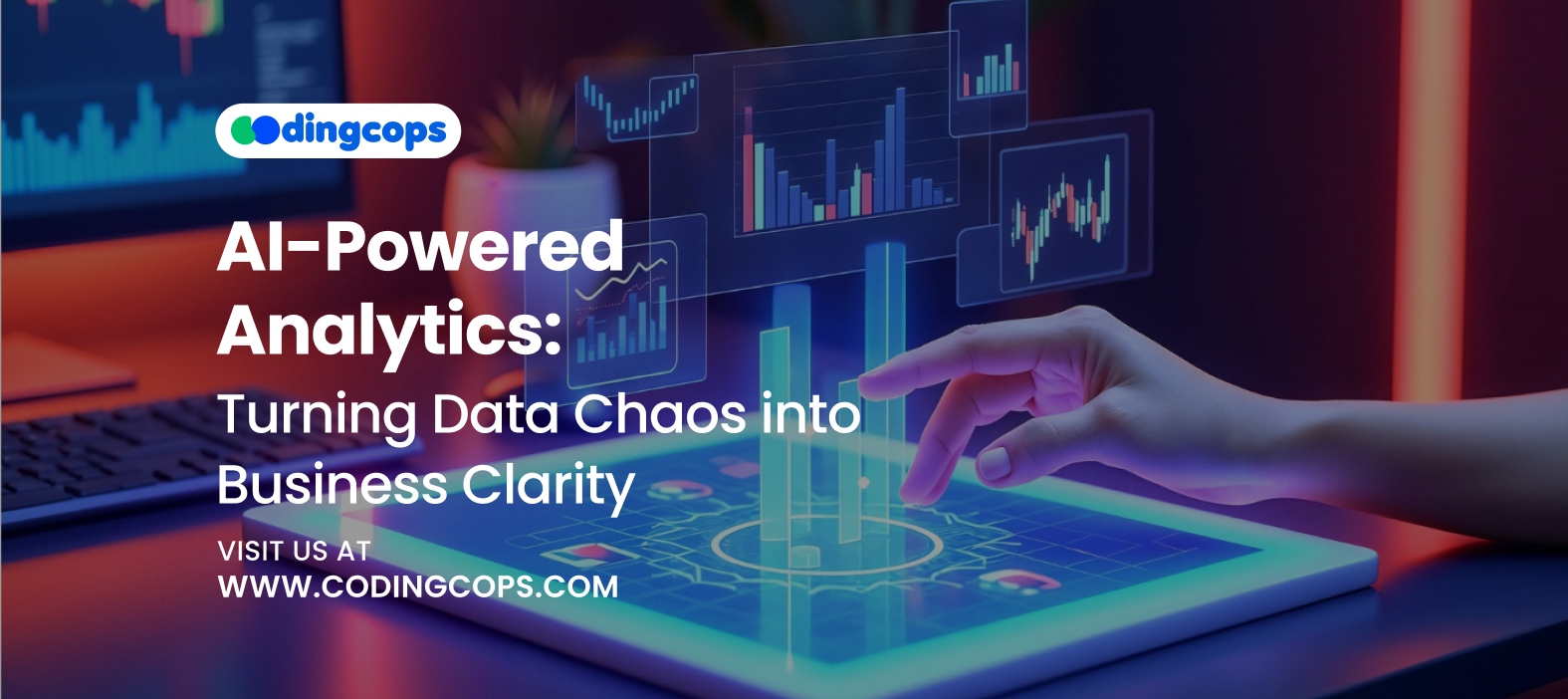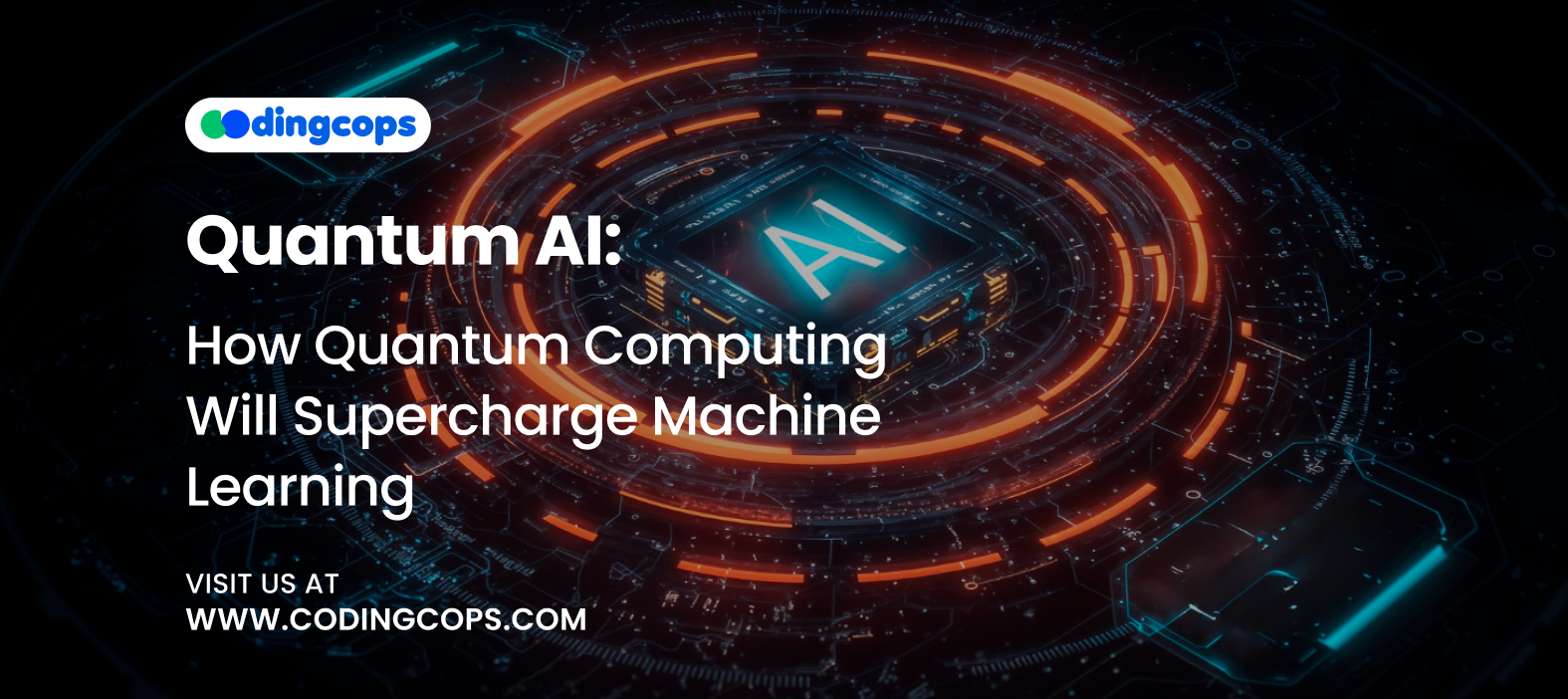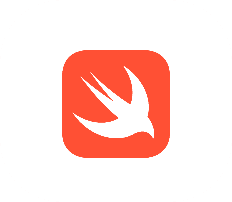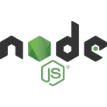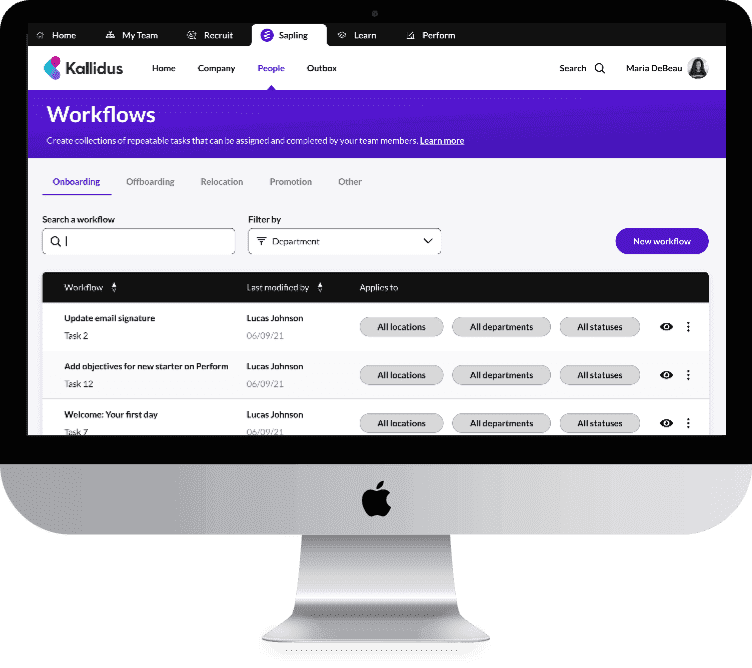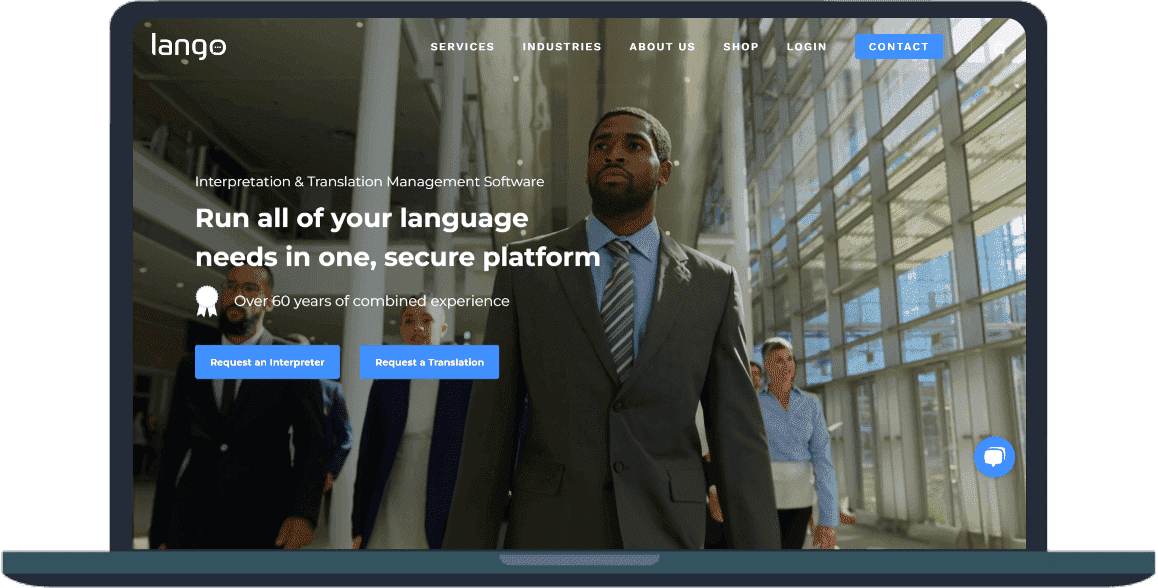According to a study, 75% of businesses have invested in AI analytics. Also, 80% of these organizations report direct revenue growth as a result. This is due to the fact that every company produces massive amounts of data from various digital touchpoints. Data chaos, unstructured, compartmentalized, and overwhelming datasets that are challenging to understand are frequently the result of this glut of information.
Analytics driven by AI can help with that. Organizations may find trends by combining artificial intelligence with sophisticated analytics. They get the clarity required to spur progress rather than becoming overwhelmed by knowledge.
In this guide, we will discuss how AI analytics turns complexity into clarity. Moreover, we’ll discuss how it transforms raw data into insights.
What is AI Powered Analytics?
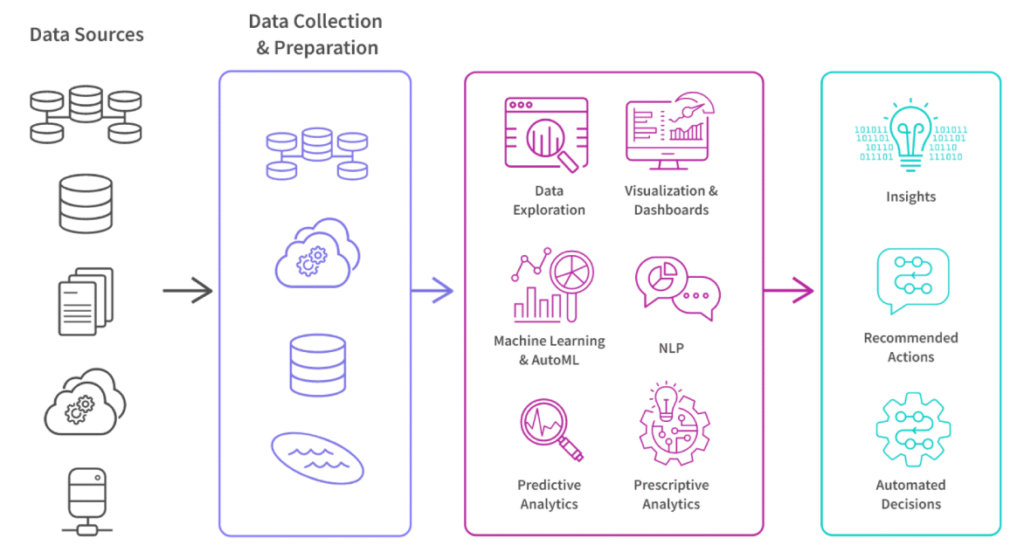
The use of machine learning and artificial intelligence in data analysis procedures is known as AI analytics. AI improves and automates the entire process, in contrast to traditional analytics. With little assistance from humans, it learns from data and finds abnormalities.
Additionally, a number of essential technologies are used in AI powered analytics:
- Machine Learning: Algorithms learn from historical data to uncover patterns.
- Natural Language Processing: Helps interpret unstructured data such as text and social media comments.
- Predictive and Prescriptive Models: Go beyond summarizing what transpired to predict future events and recommend the best course of action.
- Data Integration: AI tools automate the tedious process of cleaning and unifying data from multiple sources.
How AI Transforms Data into Business Clarity?

Data Ingestion and Integration
Every modern business collects data from a multitude of sources. The problem? These data points often exist in silos and in varying formats. So, AI analytics tools solve this problem by automatically collecting and normalizing data across systems.
AI generates a cohesive view of all the organization’s data via data integration techniques. For instance, a retail business may combine sales information from marketing campaigns and in store point of sale systems to determine how each touchpoint affects total revenue. This unified visibility is the first step toward clarity.
Data Cleansing and Structuring
Quality is the next hurdle once the data is collected. Analysis is frequently inaccurate due to duplicate entries and inconsistent formats. Additionally, conventional data cleaning techniques take a lot of time and are prone to human mistakes.
But AI uses intelligent data purification to automate this process. Inconsistencies and abnormalities are identified using machine learning algorithms. Through the extraction and meaningful classification of pertinent information, NLP even aids in the interpretation of unstructured data.
For instance, in the healthcare industry, AI can structure thousands of handwritten medical notes into standardized digital records.
Pattern Recognition
AI analytics starts to reveal the hidden tales in the data once it has been cleaned and organized. AI finds correlations and new trends that the human eye might miss by using sophisticated pattern recognition.
Let’s say a financial institution is analyzing millions of daily transactions. Unusual activity patterns that might point to fraud can be identified using AI. Similar to this, AI in marketing may find hidden user behavioral clusters or determine which consumer groups are reacting best to particular campaigns.
Predictive Modeling
AI uses predictive analytics to further the analysis after it recognizes patterns in the data. AI uses machine learning algorithms to produce surprisingly accurate predictions about future trends.
For example, predictive models can use temperature or vibration data to predict issues with industrial gear, allowing for timely repair.
Perspective Insights
While predictive analytics shows what happens next, perspective analytics tells you what to do about it. AI suggests the optimal course of action by using scenario modeling. For instance, a logistics business may utilize AI to find the best delivery routes based on traffic patterns.
In a similar vein, AI driven recommendations for patient specific treatment programs can be sent to a healthcare professional. These viewpoint insights provide decision makers with specific, data driven suggestions that enhance results, going beyond simple reporting.
Visualization and Human Centric Insights
Even the most advanced analytics lose their impact if decision makers can’t understand the results. AI analytics address this through dynamic visualization and natural language reporting. Dashboards that are interactive and easy to understand are used to show insights. AI is even capable of producing linguistic summaries that provide human language explanations of findings.
Real Time Analysis
AI works in real time, in contrast to traditional analytics, which frequently uses previous datasets. It continuously examines real time data streams in response to new information. In eCommerce, where conditions are constantly shifting, this skill is extremely important.
An online retailer may swiftly change prices or promotions based on consumer behavior. Whereas a financial platform might modify risk models in response to market shifts. Additionally, AI systems are always learning and developing. With every new piece of information, their accuracy increases. This ongoing learning loop guarantees that insights remain accurate and flexible enough to meet evolving business requirements.
Use Cases of AI Powered Analytics
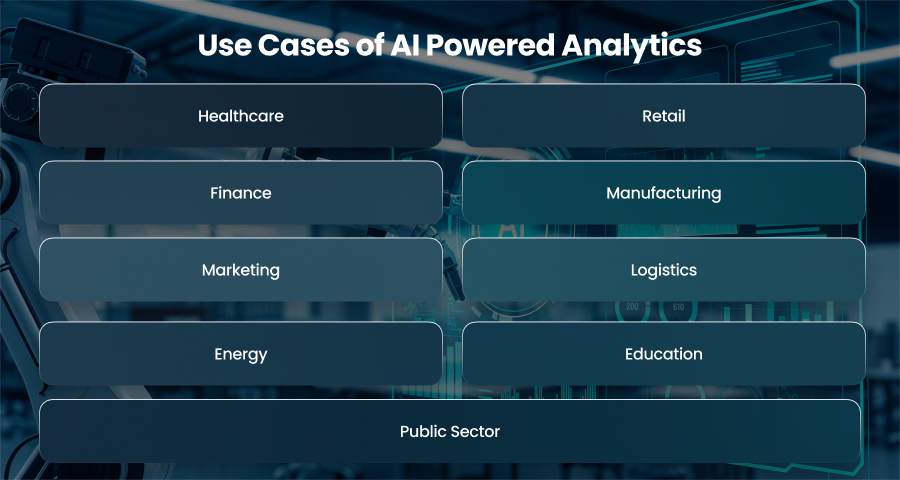
Healthcare
Improving patient outcomes in the healthcare sector requires AI analytics. Predictive analytics is used by hospitals to identify patients who are at risk. AI systems, for example, search through enormous databases of medical histories to forecast the course of a disease.
AI systems also support diagnostic imaging by accurately identifying abnormalities such as cancer. Hospital management employs AI data to forecast patient intakes and reduce wait times.
Retail
Retailers use a lot of data to understand customer behavior, and AI powered analytics takes this understanding to new levels. AI assists companies in developing tailored suggestions that increase sales and consumer loyalty by examining past purchases.
Demand forecasting is also made possible via predictive analytics. This makes it possible for inventory levels to match seasonal fluctuations. For instance, eCommerce behemoths utilize AI to dynamically modify prices and promotions in response to changes in the market.
Finance
AI analytics is now essential for risk assessment and investment plan optimization in the financial industry. Machine learning models are used by banks and insurance organizations to evaluate creditworthiness and prevent fraud in real time. AI systems, for instance, are able to quickly identify questionable activity. This lowers monetary losses and safeguards client funds.
AI examines enormous market information in trading and investing to spot patterns and help with portfolio management. Financial firms are able to make data-driven choices more quickly because of these capabilities.
Manufacturing
AI analytics has changed manufacturing by transforming traditional processes into intelligent and automated systems. Manufacturers utilize artificial intelligence to monitor plant data and forecast maintenance expenses and equipment breakdowns before they happen. Additionally, manufacturing line optimization is aided by real time statistics.
Furthermore, visual data from assembly lines is analyzed by AI powered quality control systems to identify product flaws early, guaranteeing improved standards and less waste. AI is also used by manufacturers to control inventories and predict demand.
Marketing
Marketers may go beyond presumptions and build their strategy on practical findings thanks to AI analytics. AI therefore finds patterns in consumer engagement data that show which marketing work best and why. Marketers are able to more accurately segment consumers and customize information based on personal interests.
Natural language processing technology also look at customer reviews and social media posts to determine sentiment and brand perception. With the use of this information, businesses may enhance ROI and improve their messaging.
Logistics
Faster delivery times are guaranteed using AI analytics in logistics. AI is able to predict changes in demand by examining real time data. For instance, logistics firms utilize AI to forecast delays caused by traffic. They can proactively reroute freight for timely delivery. AI also enhances warehouse operations by ensuring supply availability without overproduction through inventory control. A more resilient and transparent supply chain is the end consequence.
Energy
By enhancing grid management and optimizing resource utilization, AI analytics is assisting the energy sector in its transition to sustainability. AI models are used by energy businesses to assess renewable energy output from solar resources. Predictive analytics, for example, might assist utilities in enhancing system dependability. Energy trading and smart grid optimization are also supported by AI insights.
Education
To improve teaching and learning results, educational institutions are implementing AI analytics. AI systems may find learning gaps and provide tailored study materials or interventions by evaluating student performance data. Teachers may provide timely academic help by using predictive analytics to estimate student success rates and retention threats. AI analytics also improves resource allocation and course offerings.
Public Sector
Governments are using AI data to improve public services. Thus, by analyzing traffic data, AI helps policymakers identify trends. They can also foresee potential issues. Predictive analytics, for example, is used in urban planning to maximize resource allocation.
By examining crime data, AI algorithms are employed in public safety to predict hotspots and enhance law enforcement deployment. Governments can switch from reactive to proactive approaches thanks to these apps.
Best Practices for Successful AI Analytics Adoption

Ensure Data Quality
The strength of AI analytics depends on the data it analyzes. Low quality data might distort findings. In order to preserve data consistency across systems, a robust data governance architecture must be established.
This entails establishing guidelines for data acquisition. It also ensures that data privacy laws are followed. A centralized data repository can also remove silos. Also, it provides AI models access to a single source of truth. Therefore, enterprises may develop more accurate prediction models and obtain insights they can reliably act upon with the help of trustworthy and well structured data.
Foster a Data Driven Culture
Encouraging workers at all levels to use data in decision-making instead than depending just on hierarchy or gut feeling is a key component of creating a data driven culture. In order to comprehend findings, you need also facilitate cooperation between decision makers and business analysts.
Additionally, by supporting data literacy initiatives and showcasing how insights result in practical business advancements, leadership must set the tone.
Scale Gradually
It might be intimidating to use AI analytics throughout a whole company at once. Starting small is a better strategy. For instance, a manufacturing company may first use AI analytics to predict equipment issues in a single production line before expanding it.
These small scale projects help validate the technology. It also provides measurable success stories that increase stakeholder trust.
Choose the Right Tools
AI analytics need advanced technology. When choosing a platform, the volume of data is a crucial factor to take into account. Seek technologies that provide comprehensive visualization choices.
Prioritize Data Security
The security of the enormous amounts of data that organizations gather must be guaranteed. Data leaks have the potential to drastically damage a company’s reputation. In order to safeguard personal information, you should employ strong encryption.
Additionally, you should conduct routine audits of your AI systems to find weaknesses with industry specific rules. Additionally, you should be open and honest with clients regarding the usage and security of their data.
Final Words
AI analytics is changing how organizations interpret data. This leads to more intelligent choices and quantifiable results. Therefore, companies can turn data chaos into clarity by strategically adopting modern technologies.
Frequently Asked Questions
- Automated Machine Learning
- Real Time Analytics
- Edge Computing Integration
- Explainable AI

